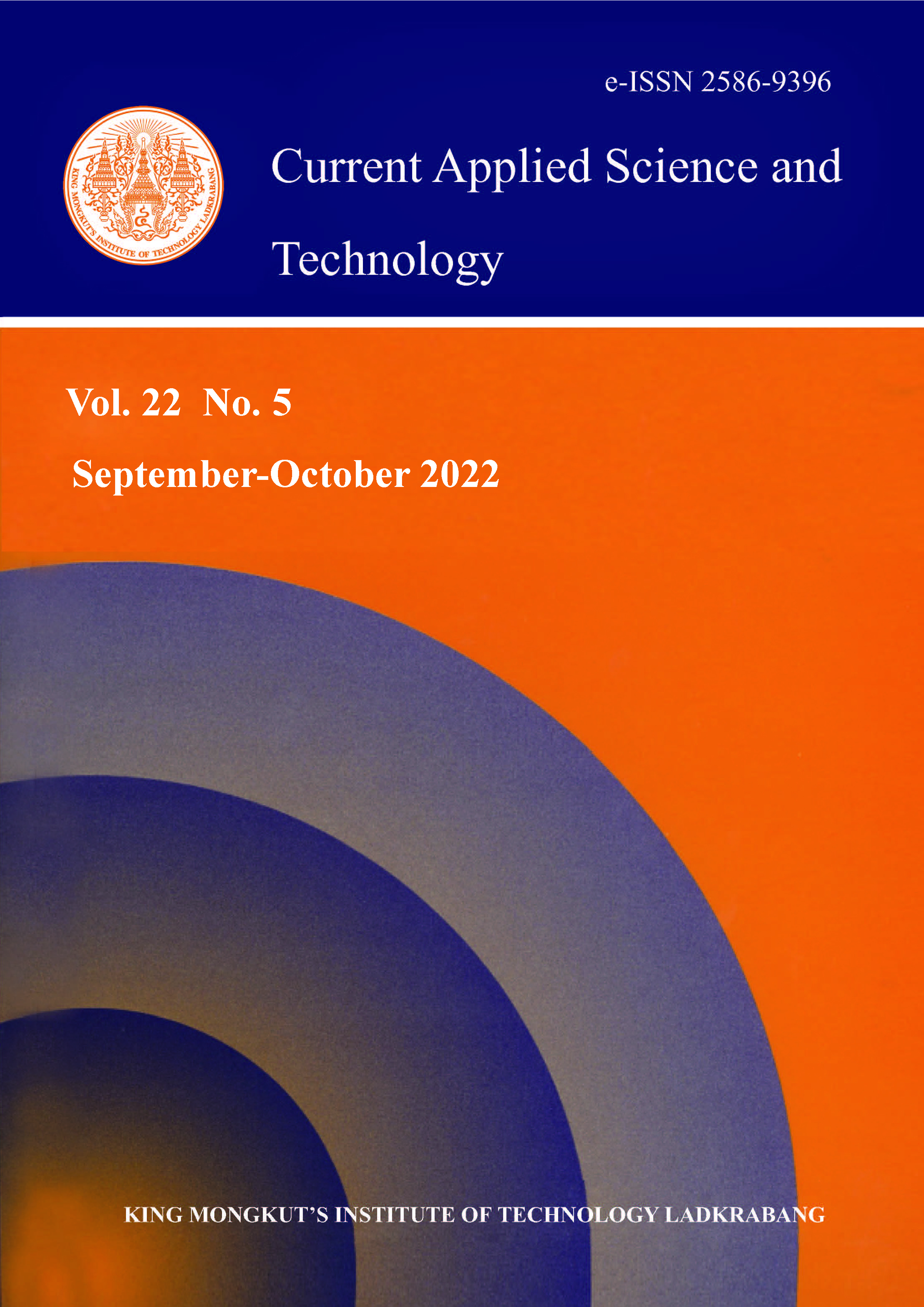In this paper, an experimental and numerical study was carried out to examine stress concentration fields near singularities, originating and propagating in accordance with different hole diameter to width ratios (D/A) in a square plate. Experimental three-dimensional photoelastic analyses were performed to predict the reaction of geometric conditions, loading and boundary condition on stress concentration factor (SCF) near the hole. During experimental analysis, stress was locked inside the plate by the use of stress freezing technique. Further evaluation of locked stress was performed with a polariscope, with the help of slices procured using the slicing method employed on stress frozen plate. The different fringes obtained from monochromatic and white light showed the variation of maximum intensity stresses which were further compared with the stress contours from the finite element model. Also, assessment was conducted with the finite element method to validate the results. Based on the results, percentage variation between experimental and analytical was evaluated and it was found that the variation was between 2 and 5%.
Keywords: three-dimensional photoelasticity; finite element method; stress freezing phenomenon; stress concentration factor
*Corresponding author: Tel.: (+91) 7999626421
E-mail: moonbanerjee@gmail.com
Banerjee*, M. ., Jain, N. K. ., & Sanyal, S. . (2022). Three Dimensional Photoelastic Investigation for Analyzing Stress Concentration Factor in Isotropic Square Simply Supported Plate with Hole Subjected to Transverse Loading. CURRENT APPLIED SCIENCE AND TECHNOLOGY, DOI: 10.55003/cast.2022.05.22.010 (19 pages). https://doi.org/10.55003/cast.2022.05.22.010


https://cast.kmitl.ac.th/doi/10.55003/cast.2022.05.22.010